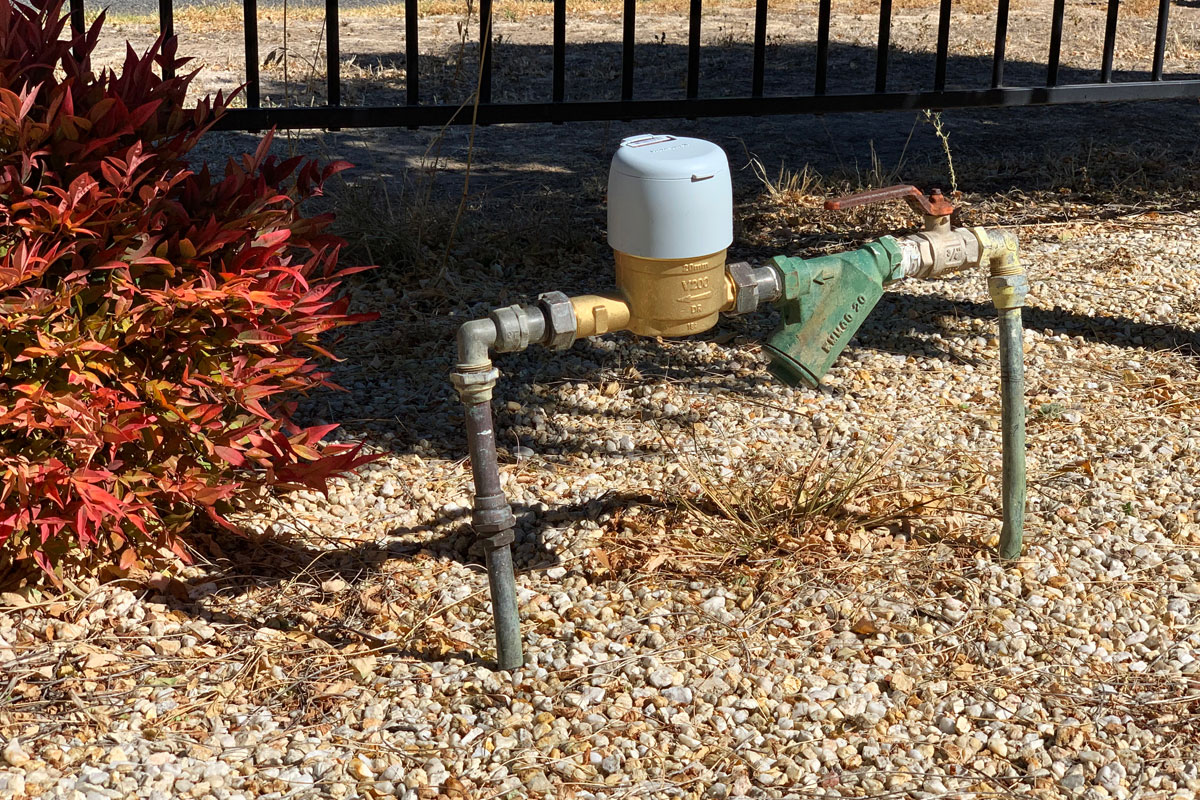
Most household water mains aren’t easily accessible or visible, making monitoring pipes and potential leaks very difficult. However, in recent years, there’s been a rise in internet-connected devices such as water leak sensors for water leak detection. These devices can even turn off the water supply to prevent damage. So why is this important?
While it’s a fact that no homeowner wants to hear, unfortunately, at some point, your home will likely experience water damage in the future (if it hasn’t already). According to the Insurance Information Institute, around one in 50 homes have filed a claim for water damage in recent years, costing, on average, $11,098. Water damage accounts for the second-highest number of homeowner insurance claims and is one of the biggest threats to your home and belongings. But there is some good news.
In this post, we’ll look at how smart IoT devices are transforming water leak detection, alleviating homeowner stress, and set to save homeowners hundreds if not thousands of dollars.
What Is a Smart Water Leak Sensor?
Importance of Water Leak Detection
IoT monitoring devices are small, discreet, always-on devices that can monitor water flow by recording time delay or counting the volume of water passing through the sensor. If the sensor detects a leak, it will send the information to the homeowner’s smartphone in real time, enabling them to take appropriate action. Some active monitors may also cut off the water supply by triggering a mechanical valve to prevent further damage if it detects the presence of moisture.
Some of these devices can also detect the level of damage, which can be invaluable to a homeowner when determining the scope and cost of repairs and insurance claims. These devices can detect even very minor leaks that could eventually become a bigger, more expensive problem if left untreated. This means that homeowners can schedule plumbing maintenance at their convenience.
Types of IoT Water Leak Detection Solutions
Here are some examples of smart IoT water leak preventive solutions:
1. Water Leak Monitoring
This always-on device is designed to help homeowners detect leaks and save money on their household’s water usage. For example, the DetectIT-WL has multiple sensors that can accurately detect water level, humidity, temperature, and leaks. If the device detects a leak, it will notify the homeowner through its cloud-based system. It can be used in houses, apartments, businesses, laundromats, and industrial plants, saving owners money in water damage, water loss, insurance costs, and downtime.

2. Water Sensor Alarm
IoT-enabled water sensor alarms detect leaks and drips and alert the homeowner. For example, the Flood Detector by ADT has flood sensors that can be placed anywhere in the home where there’s a risk of flooding. When water is detected, the sensor will set off an alarm.
3. Temperature Drop Alerts
One of the most common causes of a burst pipe is cold weather. When temperatures significantly drop, water in pipes can freeze and expand, causing a build-up of pressure leading the pipe to rupture eventually. Temperature sensors can be used to maintain an optimal temperature around pipes. The device can be set up to send homeowners real-time notifications informing them of the current temperature, customized to a specific threshold. There’s also an alarm that can alert homeowners when temperatures drop below the threshold, giving them plenty of time to take action to prevent their pipes from freezing.
4. Leak Alerts
Water flow IoT sensors are designed to detect pipe flow rates from 0.15 to 60 liters a minute. The device reports pipe flow measurement data and automatically sends alerts if the water exceeds the expected normal range. With this information, the homeowner can find the leak’s location and prioritize repairs based on the amount of water loss. Some sensors will also detect the presence of water on the floor or in different parts of the house, while others use measurements of soil moisture to detect leaks in pipes.
5. Data Analytics
IoT and smart water systems can regularly collect valuable data such as water volume, temperature, flow, pressure, humidity, and vibrations specific to a particular home. This data is then monitored and analyzed in real-time, automatically shutting off the water supply when trouble is detected, preventing leaking or bursting pipes. IoT systems like this can be remotely monitored 24/7, helping reduce manual maintenance costs.
6. Smart Meters
Around 1 trillion gallons of clean water are wasted in the US every year because of leaks, costing providers a staggering $2.6 billion. Much of this is a result of inadequate and outdated water metering systems. However, smart meters can remotely record and report water usage. Accessed via an app on a homeowner’s smartphone, they can monitor such things as their water usage and the state of their water pipes, valves, and even temperature. There’s also the option to get custom reports about a household’s daily water consumption and alerts about water leaks.
Even a small water leak can cause extensive damage and costly repairs. But IoT makes water leakage detection and prevention effortless, helping homeowners save themselves considerable stress and expense.

How Ambiq Contributes
Ambiq’s leading ultra-low power SoCs can support key technologies required by connected homes, such as Bluetooth Low Energy. Future generations will include additional multi-protocol communications such as Bluetooth® Mesh, ANT+, RF4CE, and Zigbee®.
Built on the patented Sub-threshold Power Optimized Technology (SPOT®) platform, Ambiq’s products reduce the total system power consumption on the order of nanoamps for all battery-powered edge devices. Quite simply, our solutions enable devices such as smart water leak detection sensors and more putting edge intelligence everywhere.


